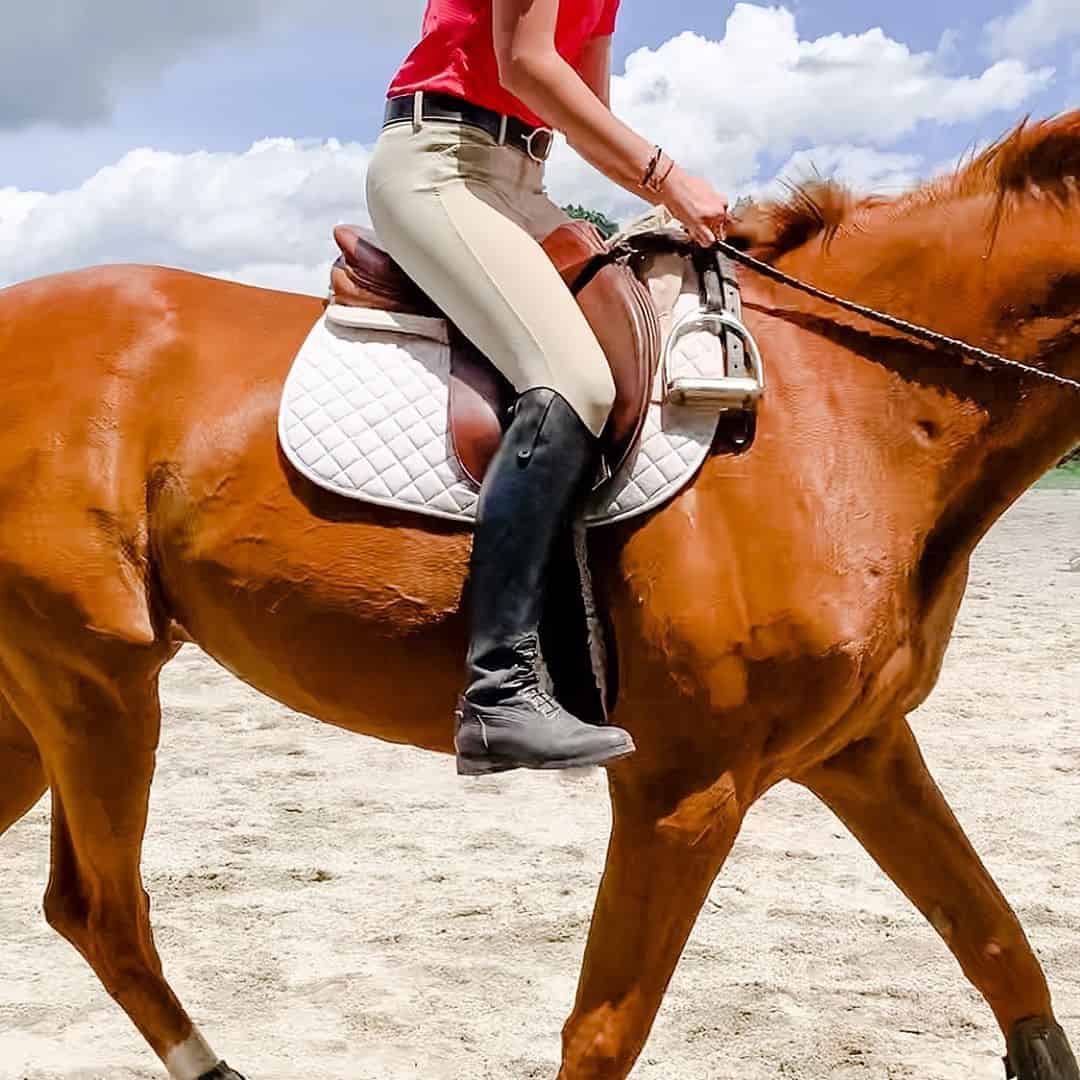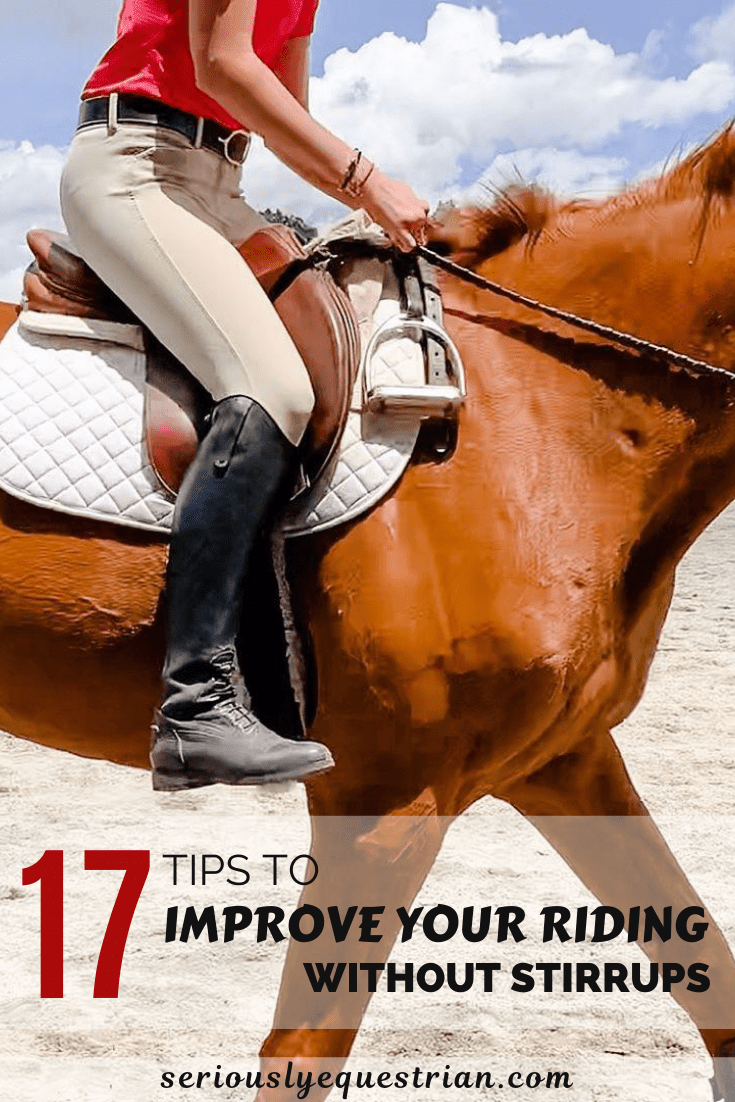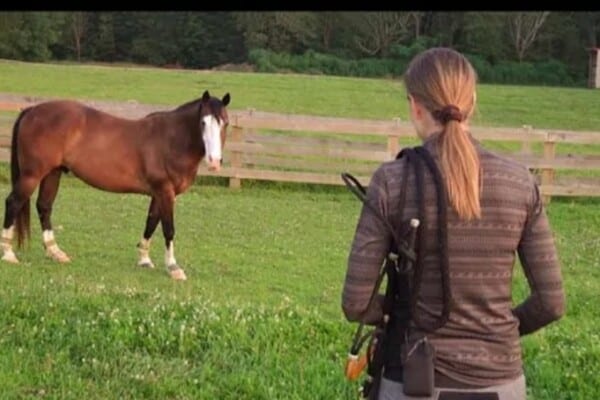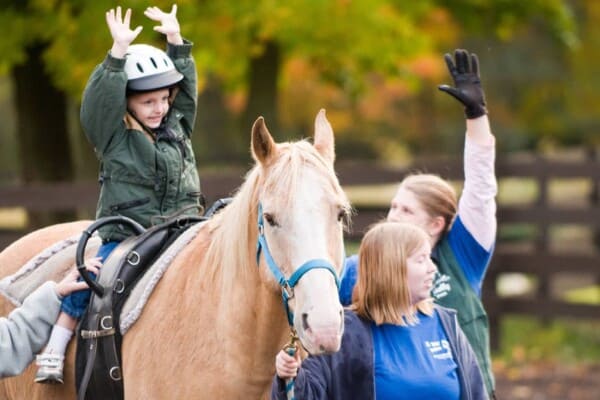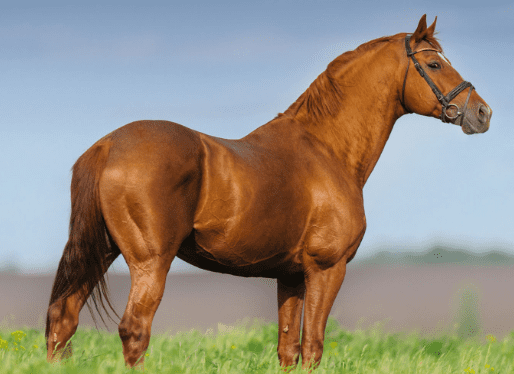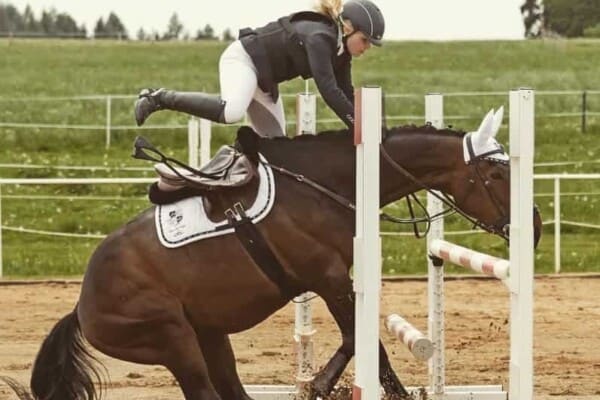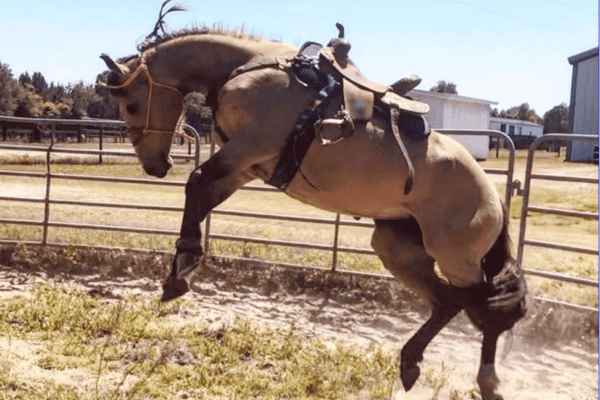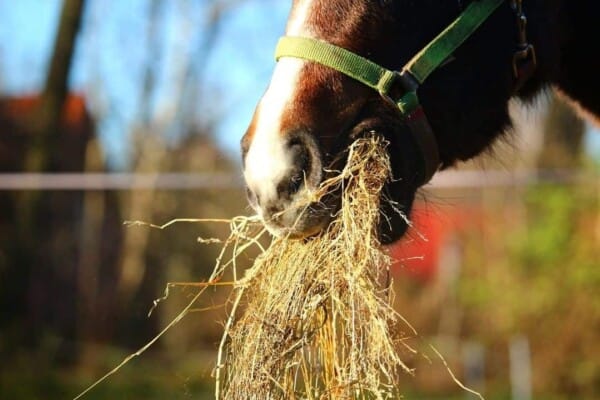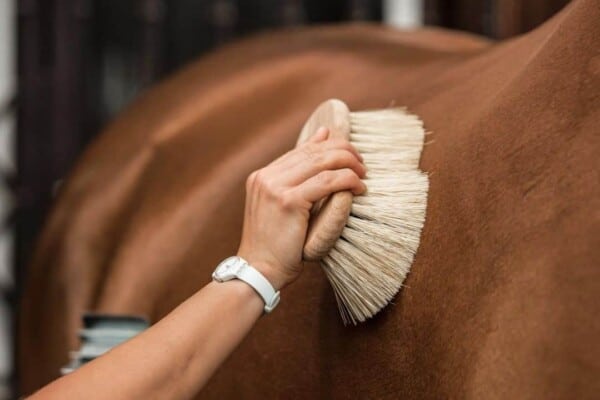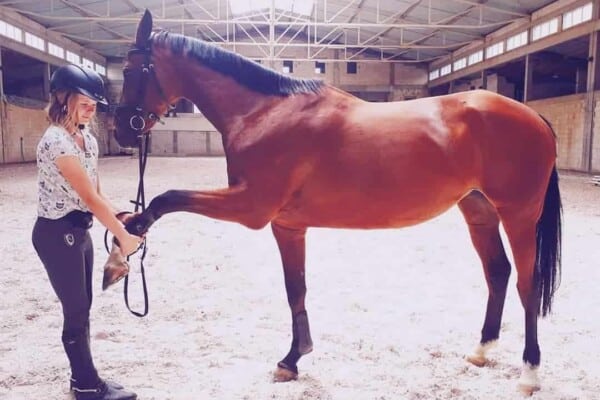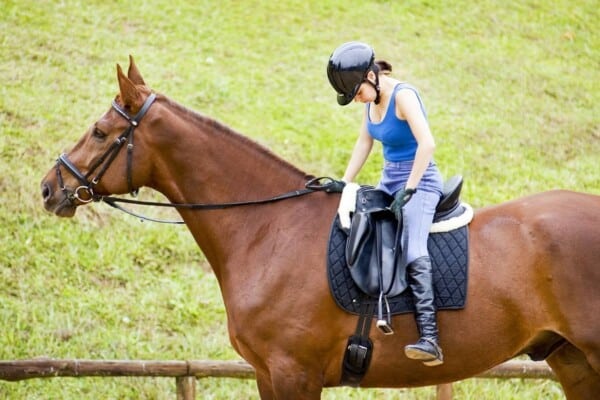Riding without stirrups is a tried and trusted technique with known and established benefits for the horse rider. Working without stirrups promotes the rider’s balance, stability and depth of seat and is a training tool used by many instructors and riders of all levels. It can encourage the development of an independent seat, a stronger and improved core and quiet soft hands which do not rely on the reins for balance.
Riding without stirrups is something that can be undertaken in a private or group lesson. It is also really beneficial in a lunge lesson where the rider can also get rid of their reins as they are not responsible for controlling the horse. This will allow them to wholly focus on their position and obtain the dual benefit of riding without either reins or stirrups.
Here are 18 tips to help you perfect the art of riding without stirrups and really improve your riding skills.
18 tips to improve your riding without Stirrups
- Ride without stirrups on a regular basis – it gets easier! No strirrups can be a bit daunting at first but stick with. The key to learning how to do it is consistency.
- Do some stretching exercises away from the horse before you mount – Lie on your back with your right leg bent up. Take the sole of your right foot on the floor close to your bottom and place your left ankle across your right thigh. Work both legs. This can help to open up your groin, hip and lower back
- Warm your horse and yourself up first -Do this with your stirrups initially. There is obviously an added risk when you ride without stirrups so it is important to ensure that you and your horse are warm and limber before progressing.
- Ride in a safe enclosed space – Riding without stirrups can be tricky so you should take extra precautions to stay safe. Try practicing in a familiar place that is enclosed and that you know is safe,
- Make sure you have a neck strap or breastplate for added security – it can help anchor you when you feel your balance is challenged and avoids hanging onto the horse’s mouth via the reins
- Don’t hold your leg in riding position – this is a common misconception and a mistake made by many riders and their instructors. The leg should hang perfectly loose even if the toe points slightly towards the ground. The perch for the toe, i.e. the stirrup has gone so there is nothing to support the rider’s leg. Holding the toe up will tighten the thigh and close the hip making it almost impossible to sit correctly and absorb the horse’s movement through your lower back
- Start in canter – Many riders and instructors suggest starting in canter rather than trot as it is easier to sit on. But you will have to ride from canter forwards to trot at some point in the session and this is probably the hardest of all the transitions to ride without stirrups
- Select a comfortable speed – If you trot without stirrups then always trot at a speed you can sit on which may be demonstrably slower than a normal working tort. If the trot is too big or quick then you will just end up bouncing which encourages tension in the rider and also the horse
- Keep your vision up and look straight ahead – remember, the head is the heaviest part of your body and if you drop your head forward and look down then it can unbalance you and the horse
- Focus on your breathing and moving with the horse – don’t brace against the movement as this rigidity will make it even harder to sit well. Good breathing technique will help stop any tension creeping into your position and is useful to regulate the tempo of the trot
- Keep your shoulders open so you can engage your core. Make sure your shoulders are sitting above your waist and you are not either collapsed forward or sitting behind the vertical
- Reset regularly if losing balance – If you feel yourself losing balance and starting to hang onto the reins then walk for a while and try again or just take back your stirrups – you could just be getting tired
- Try and stay relaxed – the looser you are the easier you will find it to move with the horse not against him
- Don’t ride for too long without stirrups – if you are tired or the horse has a big movement it is probably time to stop riding without stirrups– if it becomes too difficult then the temptation is to grip with the legs if you lose balance which is totally counterproductive. Keep the work without stirrups confined to short periods – little and often
- Try on a easy to sit horse first – Try and choose horses who are easy to sit to initially; there is plenty of time to work onto horses with bigger more expressive movement. Quick sharp horses are also going to be more difficult to ride without stirrups as it can be harder to focus on what the rider is doing if the horse always feels like it is trying to quicken the gait and run away
- Have someone on the ground to help and guide you – it’s easy not to feel what your body is actually doing so an instructor or trainer can really help support you and develop exercises so the session is very beneficial. It’s also safer
- Stay safe – quit both feet from the stirrups at the same time and then cross them over at the same time – don’t leave one foot in one foot out or have one stirrup crossed and the other not as this can be dangerous if something spooks your horse
https://www.instagram.com/p/B5qihPQnYUB/
Last November many riders such as Grace Owsley pictured above took part in No Stirrup November. Each person that did the challenge seemed to discover something new about their own rising and were able to identify new things to work on for the coming year.
Always remember that riding without stirrups can be hard work for your horse and finish a session by taking back your stirrups and doing some work in rising trot which takes the weight off the horse and allows him to lift his back and stretch his topline forward and down.
As well as refreshing your horse, it can be useful to move on to some sitting trot with stirrups before the lesson finishes and maximize the benefit you can gain from the work without stirrups. But you must always factor in recovery time for your horse.

